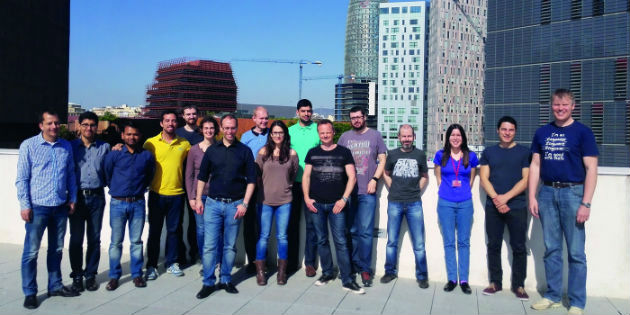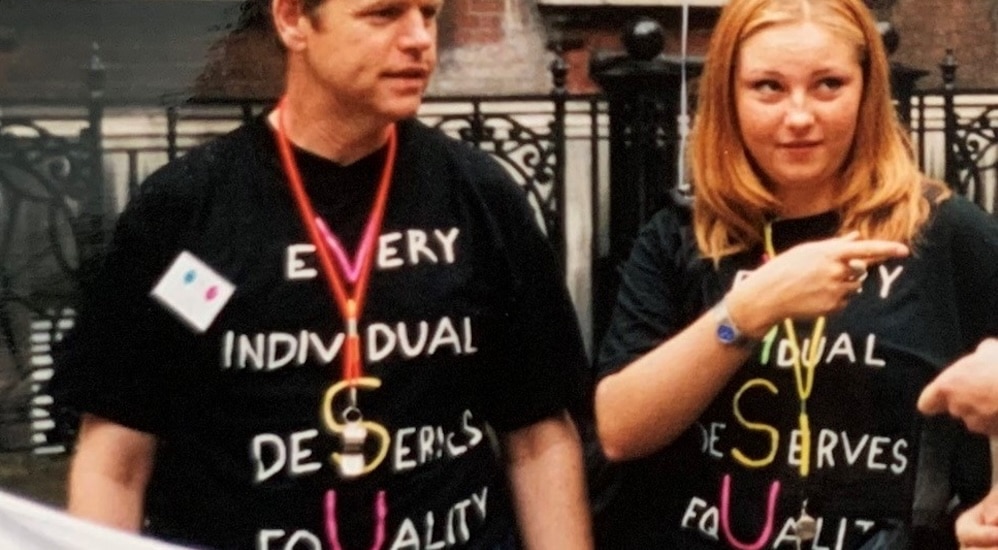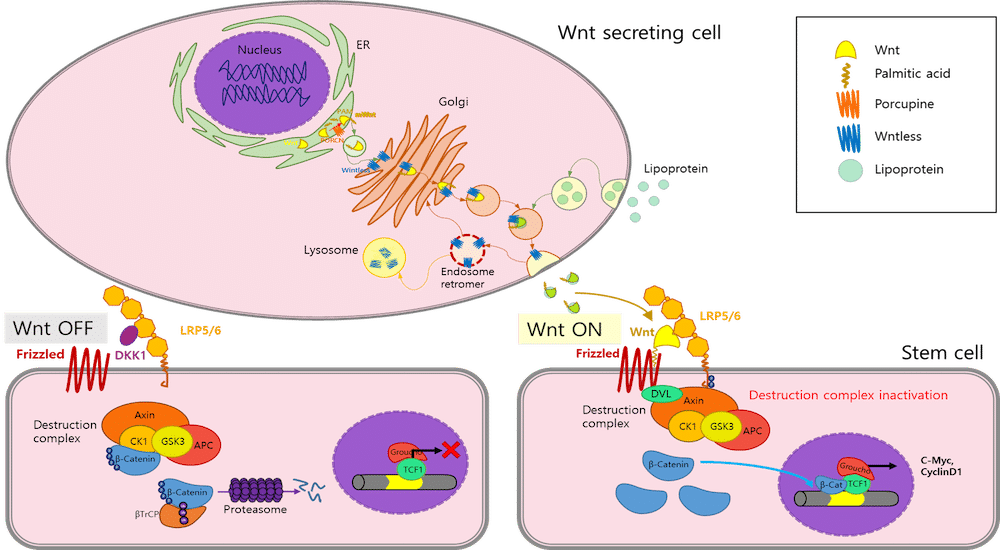Cochlear implants: simulator predicts success
A research team at Barcelona's Pompeu Fabra University has developed experimental software that allows for planning and prediction of the success of cochlear implant surgery through the use of state-of-the-art imaging and simulation technology.

This research, which forms part of the European HEAR-EU project, was carried out jointly by experts and European manufacturing firms, who worked together for three years to bring this original idea to life on a budget of close to 3.5m euros. The next step involves the development of a business plan to bring this planning software onto the market in a period of less than two years, thus offering benefits to patients, as well as to surgeons and manufacturers.
The project was co-ordinated by computer science graduate, Miguel Ángel González Ballester. It also involved the University of Bern, the Technical University of Denmark, and European firms such as the Austrian producer, MED-EL, the Catalonian software operator in medical programmes, Alma Medical, and the Swiss company, SCANCO, which develops microTAC imaging technology. During the last three years at PFU, a team of six experts in telecommunications, computer science, and engineering has worked to turn this original idea into a tangible tool to improve both planning in patient surgery as well as the design of implants themselves, to achieve “maximum personalisation”, as orthopaedic designs have seen for some ten years now with projects created through the technology of “evidence-based design”, a project also developed at this university (1). The research was focused on developing software tools for planning surgical operations using medical imaging analysis and computer simulation. For González Ballester, “surgical planning and personalisation in treatment are two clear tendencies that medical investigation is moving towards.”
Simulations using high-definition images of cochleas
To begin with, working jointly with SCANCO enabled the team to develop a statistical model in order to carry out simulations on patients but keeping in mind the morphological variability of the cochlea by using high-quality imaging, thus increasing the degree of precision. The software, therefore, can link low-resolution medical tests on the patient with high-resolution images in donor patients based on similarities in the shape of the two cochleas involved. Once the type of cochlea is identified, the software allows for 3-D simulation of surgery using different implant models and personalising the surgical parameters for each patient, determining depth and routes before actually putting it into practice. After so many run-throughs, when the moment of truth arrives the software is also compatible with a robotics project now at the marketing stage and launched by the University of Bern that “increases precision in surgery, and is minimally invasive,” points out González Ballester, since “the robot goes directly to the cochlea.”
On the market in two years
As its co-ordinator sees it, this is “a successful project that needs to mature.” So far, the experimental validation protocol worked on the 35 patients it was applied to, with no exceptions. In this respect, González Ballester is satisfied because the trial “demonstrated that the initial idea can be materialised, and because it has created interest in the companies involved.” He is convinced of its business viability: “There are good chances this planning software will reach the marketplace,” since the team is working with MED-EL and Alma Medical so that it does not get overlooked once the research is finished, and in order to develop the business plan set up to sell it to hospitals and to producers in a maximum of two years.
González Ballester is also optimistic about the project’s application in the medical sphere since he claims the software cost will be low and that the idea would help save on additional costs resulting from poor surgery.
Technology applicable to hearing aids
With the aim of improving the precision and planning involved in prosthetic fittings, Rasmus Paulsen, researcher at the University of Denmark and member of the HEAR-EU project, is currently working on the optimisation of hearing aids through the latest technology, and in a quite similar way to this European project. They are studying different ear shapes in order to better adjust hearing aid design and increase both comfort and device effectiveness. In relation to this, González Ballester is confident that there is scope for research into high-precision imaging to be applied to prosthetic fitting.
The project has achieved even more thanks to researchers such as Russell Andrews, and thanks to interest from the NASA Ames research centre in this model including variability based on damage present in the nerve (2). This sub-project already under way, and which has been published in the journal Molecular Neurbiology, aims for the software to include different degrees of neural degeneration in order to simulate situations and predict the success of surgery.
What the model does already include is the possibility of planning partial insertion in cases of loss of high frequency localised at the start of the cochlea. In this way, the software allows for calculation of the exact depth of insertion without affecting the healthy part of the cochlea.
(1) The previous work on orthopedic implants as well as the cochlear implants project are based on creation of statistical models depicting the shape of anatomical structures and their variability among population. The method is then based on “learning” the shapes from examples issued from cochlea (or bones, on the previous study) images.
(2) The team is collaborating with the NASA in a research project concerning the simulation of nerves stimulation on cochlear implants. The project belongs to a larger partnership on several biomedical studies.
Read the article in Spanish on Audioenportada, the website for hearing care professionals in Spain and Latin America


